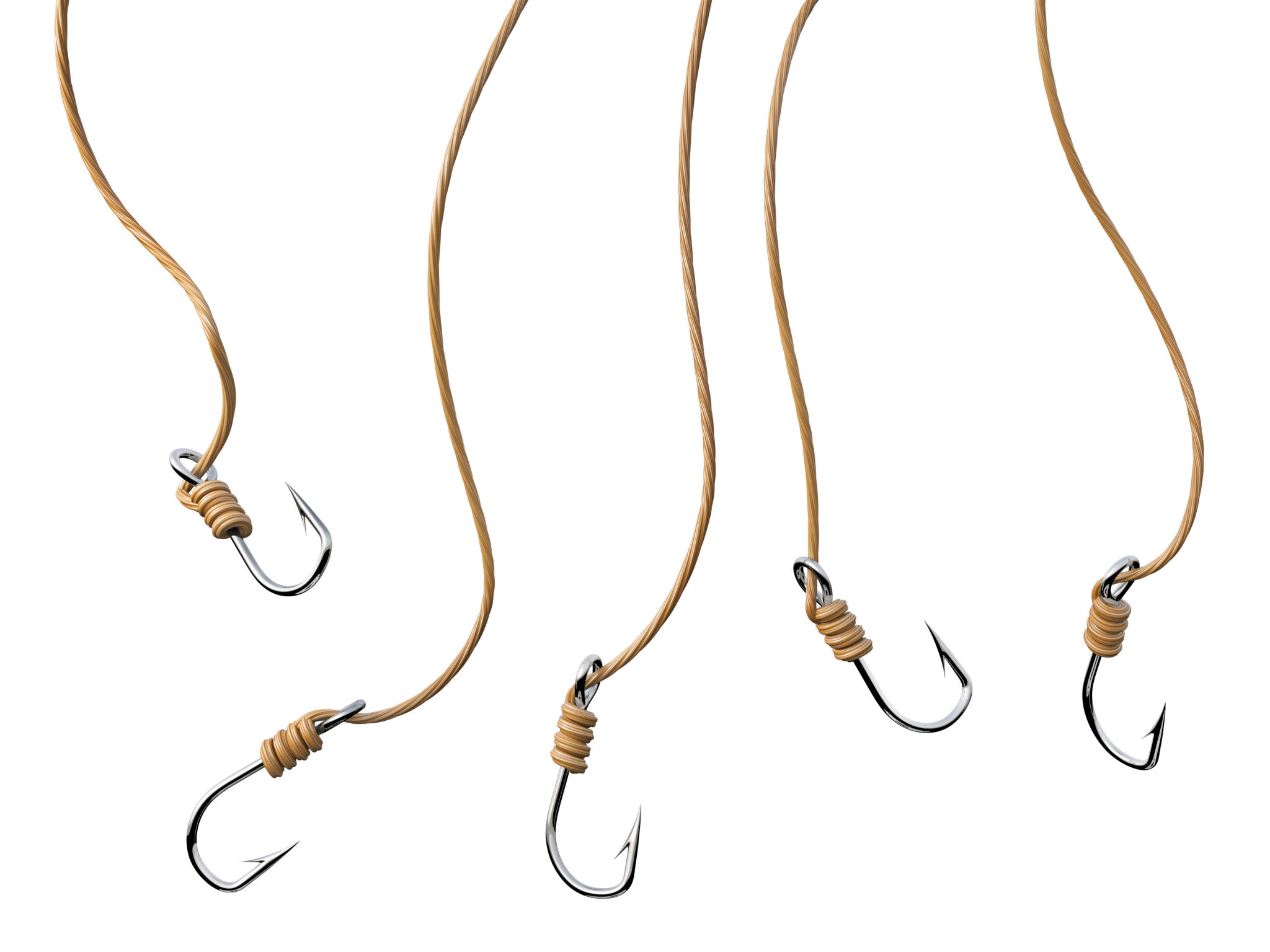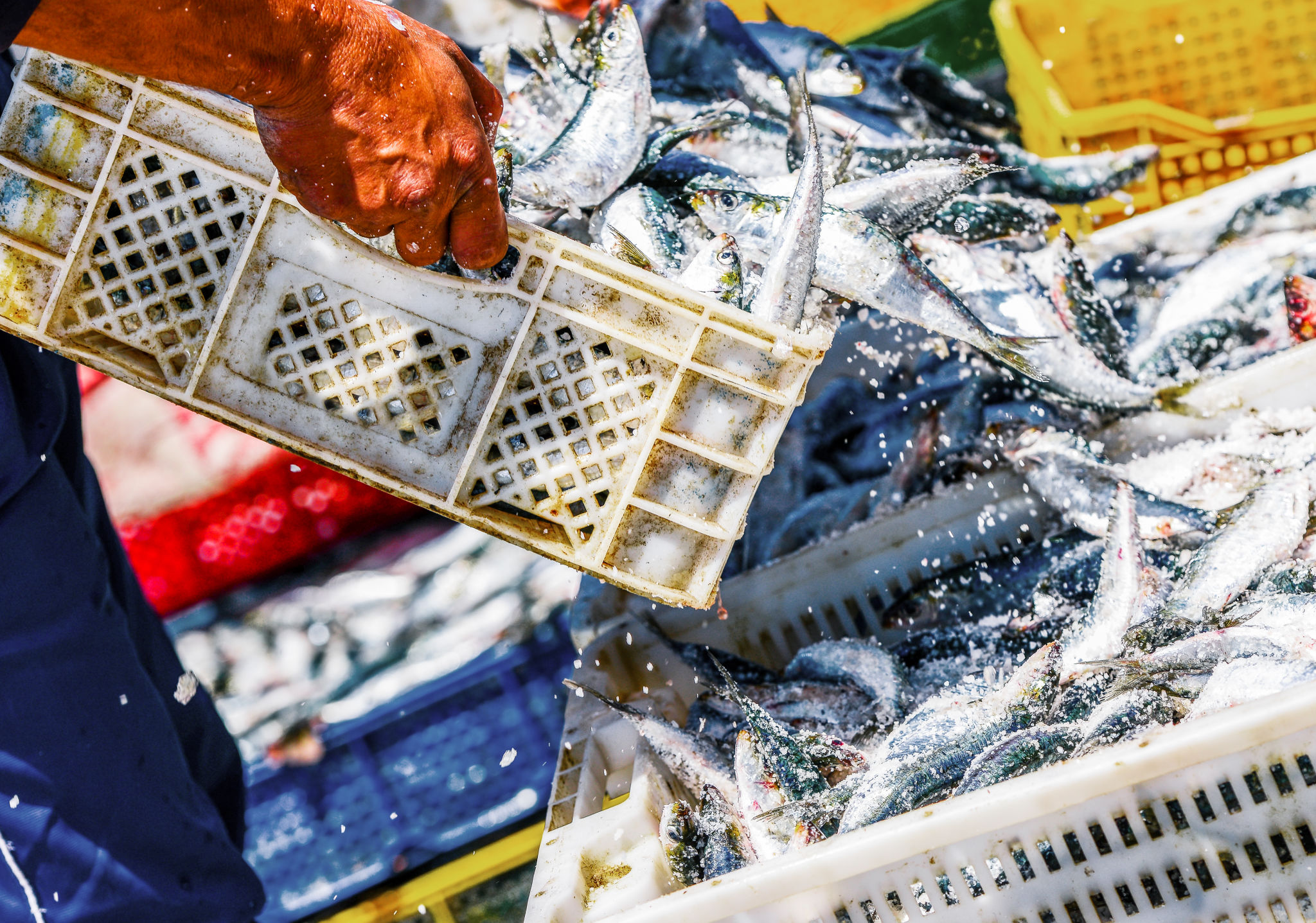Debunking Common Myths About Fishing Equipment
Introduction: Unraveling Fishing Equipment Misconceptions
Fishing is an age-old pastime that captivates millions of enthusiasts worldwide. However, with its rich history come numerous myths and misconceptions about the equipment needed. In this blog post, we aim to debunk some of the most common myths surrounding fishing gear, helping both novice and seasoned anglers make informed decisions.
Myth 1: You Need Expensive Gear to Catch Fish
One of the most widespread myths is that only high-end, expensive gear can lead to successful fishing. While premium equipment may offer enhanced durability and features, it is not a prerequisite for catching fish. Plenty of affordable options are available that provide excellent performance. The key is to match the gear to your specific needs and the type of fishing you plan to do.

Understanding Your Needs
Before purchasing any equipment, it's crucial to assess your fishing goals. Are you fishing in freshwater or saltwater? Targeting large species or small? Answering these questions can guide you toward suitable gear without breaking the bank. Remember, knowledge and technique often play a more significant role than the cost of your equipment.
Myth 2: Bigger Hooks Catch Bigger Fish
The notion that using larger hooks guarantees bigger catches is a common misconception. In reality, the size of the hook should be matched to the bait and the target species rather than aiming for size alone. Using a hook that's too large might deter fish from biting, while a properly sized hook increases your chances of a successful catch.
Hook Size Guide
Understanding hook sizes can be challenging for beginners. A general rule of thumb is to choose a hook that complements your bait size. Small bait like worms pairs well with smaller hooks, while larger baitfish or chunks are better suited for bigger hooks. Focus on balance rather than sheer size for optimal results.

Myth 3: All Fishing Lines Are the Same
Another common myth is that all fishing lines are created equal. In truth, different types of lines are designed for specific environments and techniques. Monofilament, fluorocarbon, and braided lines each have distinct properties that can affect your fishing experience.
Selecting the Right Fishing Line
Choosing the right line involves considering factors such as water clarity, target species, and casting distance. For example, monofilament lines are versatile and user-friendly, making them ideal for beginners. In contrast, fluorocarbon lines offer low visibility in water, which can be advantageous in clear conditions.

Myth 4: More Tackle Means More Success
Many anglers believe that carrying an extensive tackle box guarantees better fishing results. However, having too much tackle can be overwhelming and unnecessary. A well-curated selection tailored to your specific fishing situation often yields better outcomes than sheer quantity.
Streamlining Your Tackle Box
Instead of hoarding every lure and bait available, focus on gathering a versatile selection that covers various conditions and species. Prioritize quality over quantity and continually refine your collection based on experience and changing needs.
Conclusion: Fishing Smart Over Fishing Hard
Debunking these common myths highlights the importance of making informed choices when it comes to fishing equipment. By understanding your needs and selecting gear strategically, you can enhance your fishing experience without unnecessary expenditure or complications. Remember, successful fishing often relies more on skill and knowledge than on owning the most expensive equipment.

